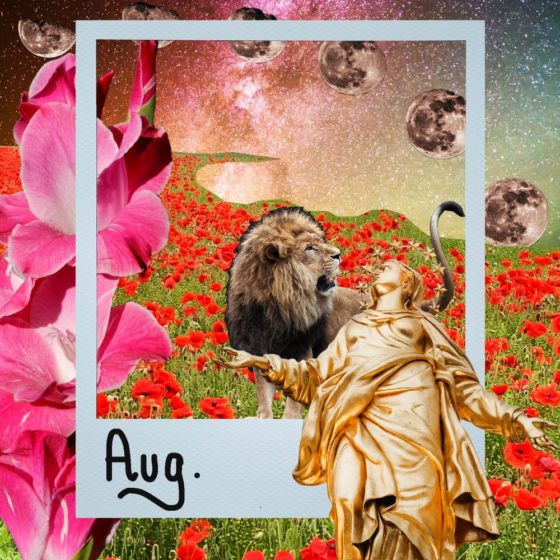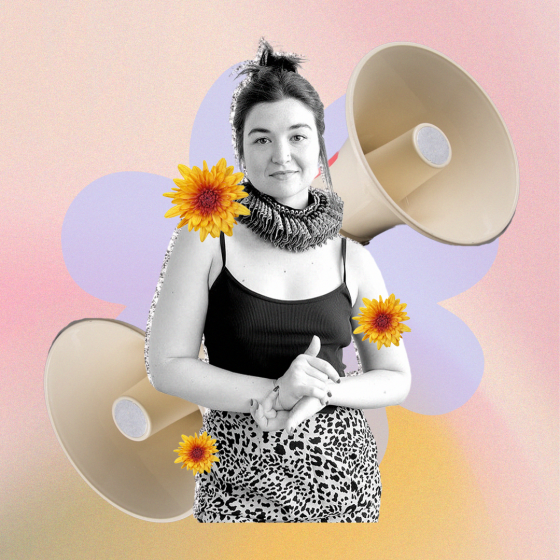A panic attack is a sudden onset of fear or panic that can come out of nowhere. Symptoms include shortness of breath, shaking, sweating, heart palpitations, and increased heart rate. Not nice. Here are seven Restless top tips on how to combat panic attacks. We hope they help!
Deep breathing
Slowly inhale and exhale; in through your nose and out through your mouth, letting your breath flow deep into your belly. Focus on your gentle rhythmic breathing and let any stressful thoughts fade away. Not only will deep breathing help to stop a panic attack, doing a simple breathing exercise everyday for 3-5 minutes will help make you less anxious, which will hopefully make panic attacks less frequent.
Talk to someone
Having someone to calm you down is one of the best ways to deal with a panic attack. Even if it’s talking to someone over the phone, hearing a familiar voice will automatically put you at ease. For people who are trying to help someone experiencing a panic attack, good things to say include: “You can get through this”, “Concentrate on your breathing”, “I am proud of you. Good job”.
Avoid caffeine and alcohol
We’ve all had the coffee shakes – that jittery feeling if you’ve had one too many flat whites. This is because caffeine is a stimulant, so too much can increase your blood pressure and heart rate. Not good if you’re prone to panic attacks. Alcohol on the other hand is a depressant, but it also changes levels of serotonin and other neurotransmitters in the brain, which can worsen anxiety. In fact, you may feel more anxious after the alcohol wears off, hence “hangxiety”.
Drink Natural Calm Magnesium
This organic anti-stress drink promotes healthy magnesium levels and balances the calcium levels in your body to help you relax. A friend of mine swears by it.
Try yoga
Repeat after me: “oommmm”. One of the best ways to reduce stress and anxiety is through yoga. Yoga combines physical movement, stretching, and meditation to enhance mindfulness and help restore a sense of personal balance. You don’t even have to pay for a class – YouTube has an array of yoga tutorials to choose from. My favourite is Yoga with Adriene.
See a cognitive behavioural therapist (CBT)
CBT is a form of talking therapy which helps you to break down your thoughts, feelings, and actions in a positive way. Unlike other forms of therapy, CBT deals with current problems rather than looking back at your past. Ask your GP to refer you, or search the NHS database for a therapist in your area.
Medicine
If you’ve tried all of the above, and still have regular panic attacks then speak to your GP to get advice on medication. Selective serotonin reuptake inhibitor (SSRI), imipramine, or clomipramine are different types of antidepressants used to treat anxiety.
Everyone is different so what works for some might not work for others. But, talking to other people with the same condition might help – there are numerous support groups and services for people with panic disorder and anxiety.









